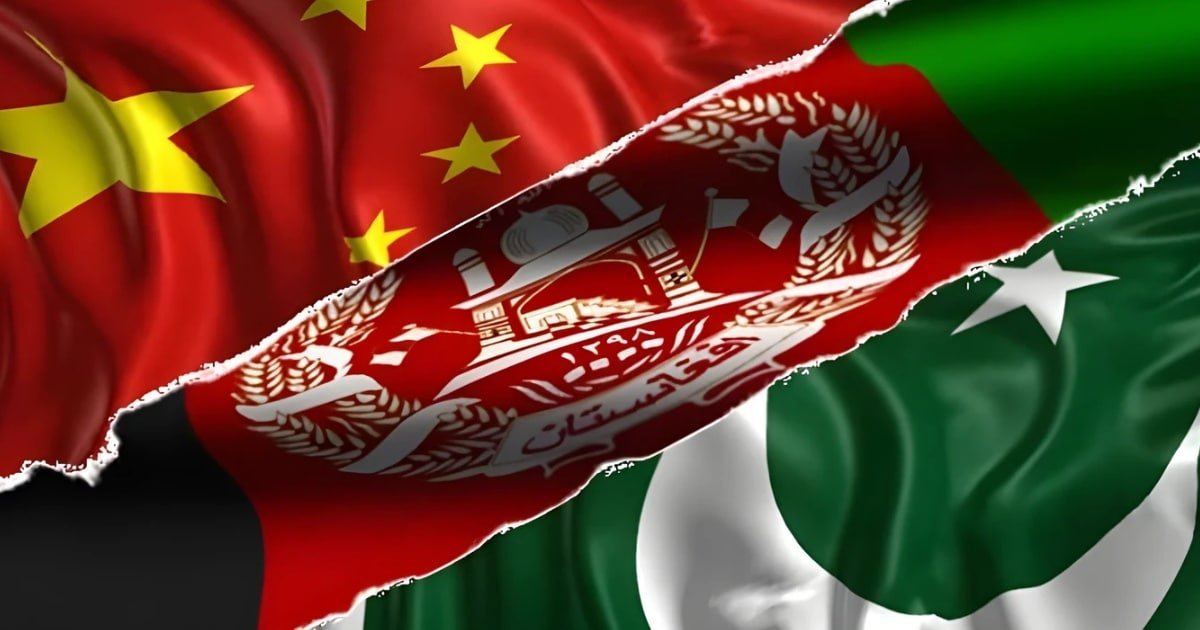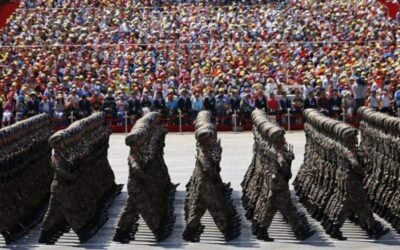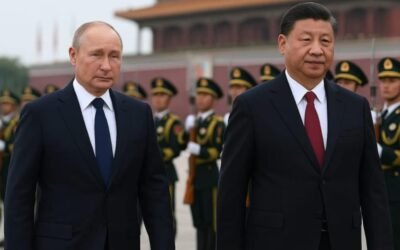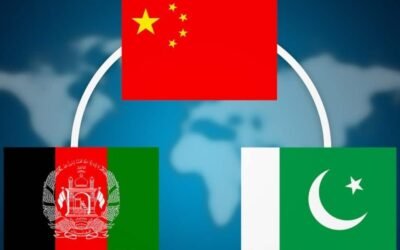China has signed big deals in northern Afghanistan. In May 2023, the Taliban gave a 25-year contract to China’s CPEC Company. The firm will develop an oil basin worth $540 million. Other Chinese firms are investing in Afghan mining and infrastructure. These projects give China a strong stake in Afghan resources. China now needs to export Afghan oil, minerals, and goods. Pakistan offers the most direct routes. Analysts say an oil pipeline or highway could go from Afghanistan to China through Chitral-Wakhan. Another route could run south into Pakistan. Routes through Iran or Central Asia are longer and harder.
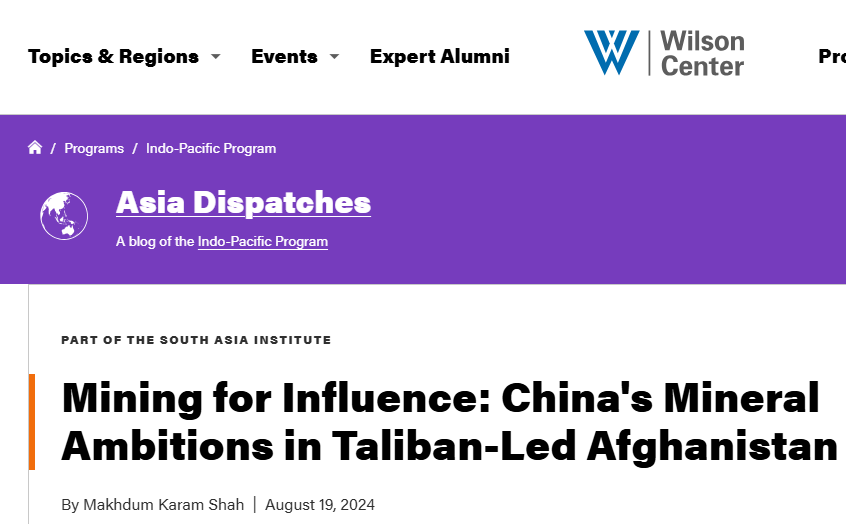
Source: Wilson Center
Growing Trade Links Through Gwadar and CPEC
Concrete signs of this shift are clear. In mid-2025, Afghanistan started sending cargo through Gwadar Port. A fertilizer shipment arrived under the Afghanistan-Pakistan Transit Trade Agreement. Islamabad called it proof of its efforts to make Gwadar a strategic trade hub. Pakistan’s Maritime Affairs Minister said Gwadar is the shortest land route to Kandahar. This makes it valuable for Afghan exporters. At the same time, China gave tariff-free access to Afghan goods. It also showed interest in linking them to Central Asian networks. These moves suggest China expects Afghan trade to pass through Gwadar and the CPEC route.
Chinese investments strengthen Pakistan’s trade corridors. Both countries have discussed extending CPEC into Afghanistan to use its resources. Pakistan, China, and Afghanistan all support this plan. Analysts say adding Afghanistan to the Belt and Road Initiative helps China by diversifying supply lines and reducing dependence on vulnerable sea routes. The trilateral meeting showed progress in trade, transit, and diplomacy. It also exposed security gaps. Pakistan pressed Kabul to act against cross-border militancy. China’s broader strategy is clear. By investing in northern Afghanistan and linking it to CPEC, Beijing aims to reroute Afghan exports through Gwadar and Pakistan’s corridors. This strengthens regional connectivity. It also positions China as a stabilizing force despite political and security risks. Pakistan’s vision also benefits. Stability in Afghanistan supports trade. Connectivity allows smoother links. Both nations share the same aim. Growth depends on secure routes. Regional integration drives their strategy.
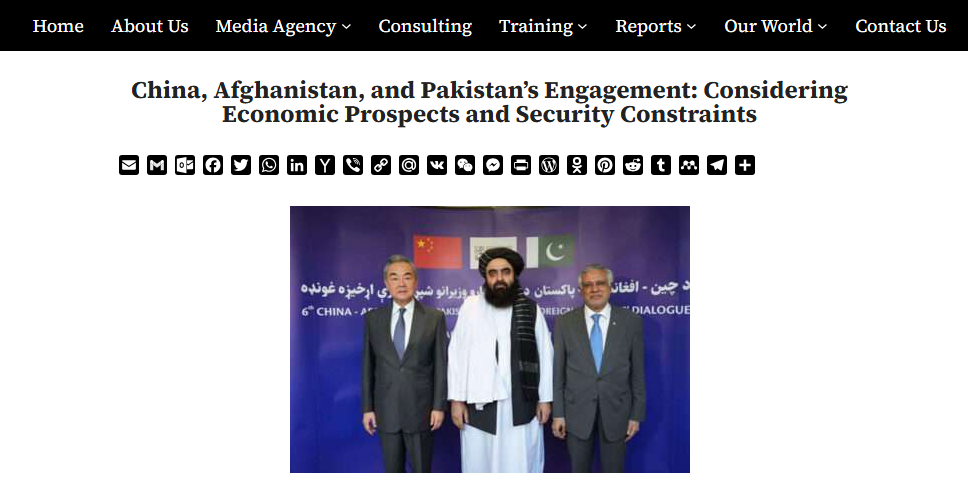
Source: Special Eurasia
Pakistan as a Regional Trade Bridge
Chinese investment and Pakistani routes are set to boost Pakistan’s transit trade. Afghan oil, minerals, and goods will likely move through Pakistani crossings or on to Kashgar. Afghanistan has always been a link between South and Central Asia. Pakistan’s roads and ports can restore that role under Chinese backing through CPEC. Gwadar is central in this plan. Its operators have expanded capacity. They now offer lower charges and quick customs services. Afghan cargo is being encouraged to pass through the port. New logistics hubs are coming up in Balochistan and Khyber Pakhtunkhwa. This makes transport faster and more reliable. Even a small share of Afghan exports will bring big revenue. Transit fees, port charges, and services will add income. Jobs will open in transport and trade. Pakistan’s role as a bridge between South Asia, Central Asia, and China will grow. CPEC will anchor Afghan exports. This will raise Pakistan’s economic and strategic importance.
You May Like To Read: A Blow to the Sugar Cartel: Punjab’s 2024-25 Audit Report Reveals Billions Owed to Farmers
Pakistan as the Fastest Route for China’s Afghan Trade
Pakistan is one of the fastest and reliable routes than other regional routes for China. Afghanistan’s use of Iran’s Chabahar Port is limited. The project is backed by India and faces political hurdles. Central Asian routes, i.e., the Middle Corridor, through Uzbekistan and the Caspian, are longer. They also cross more borders and add costs. The China-Pakistan corridor is different. It is direct and continuous. It extends China’s reach without extra barriers. A Gwadar-Kandahar link saves days of travel. It cuts transit time compared to northern options. This makes the route faster and cheaper. Pakistan is positioning itself as China’s most reliable partner for Afghan trade. Its geography, ports, and roads give it a clear edge.
Pakistan’s Growing Strategic Role
This trend strengthens Pakistan’s strategic position. Afghan trade now moves through Pakistani territory. Each truck crossing the border adds to Pakistan’s role as a strategic bridge. It connects China, Afghanistan, and Central Asia. Pakistan views new roads from Gwadar and Chitral to Kabul as part of the Silk Road vision. These links expand Pakistan’s influence and connectivity. China’s projects weave Afghanistan into a wider regional system. They tie it to surrounding economies in a lasting way. Beijing’s investments prove the value of CPEC. They see transit trade and corridor extension as central to Pakistan’s future role.
Conclusion
China’s investments in northern Afghanistan are set to push Afghan trade through Pakistan. Gwadar Port and CPEC highways stand ready to carry Afghan oil, minerals, and consumer goods. These routes give Afghanistan the fastest and cheapest access to markets. If Beijing and Islamabad stay on this path, Pakistan will become the main transit hub for Afghan exports under the Belt and Road Initiative. This shift will bring Pakistan steady revenue from transit trade and related services. At the same time, it will help China achieve its wider goal of regional connectivity and secure supply lines.
You May Like To Read: Putin’s China Visit for SCO Summit Signals Global Power Shift — What It Means for Pakistan

